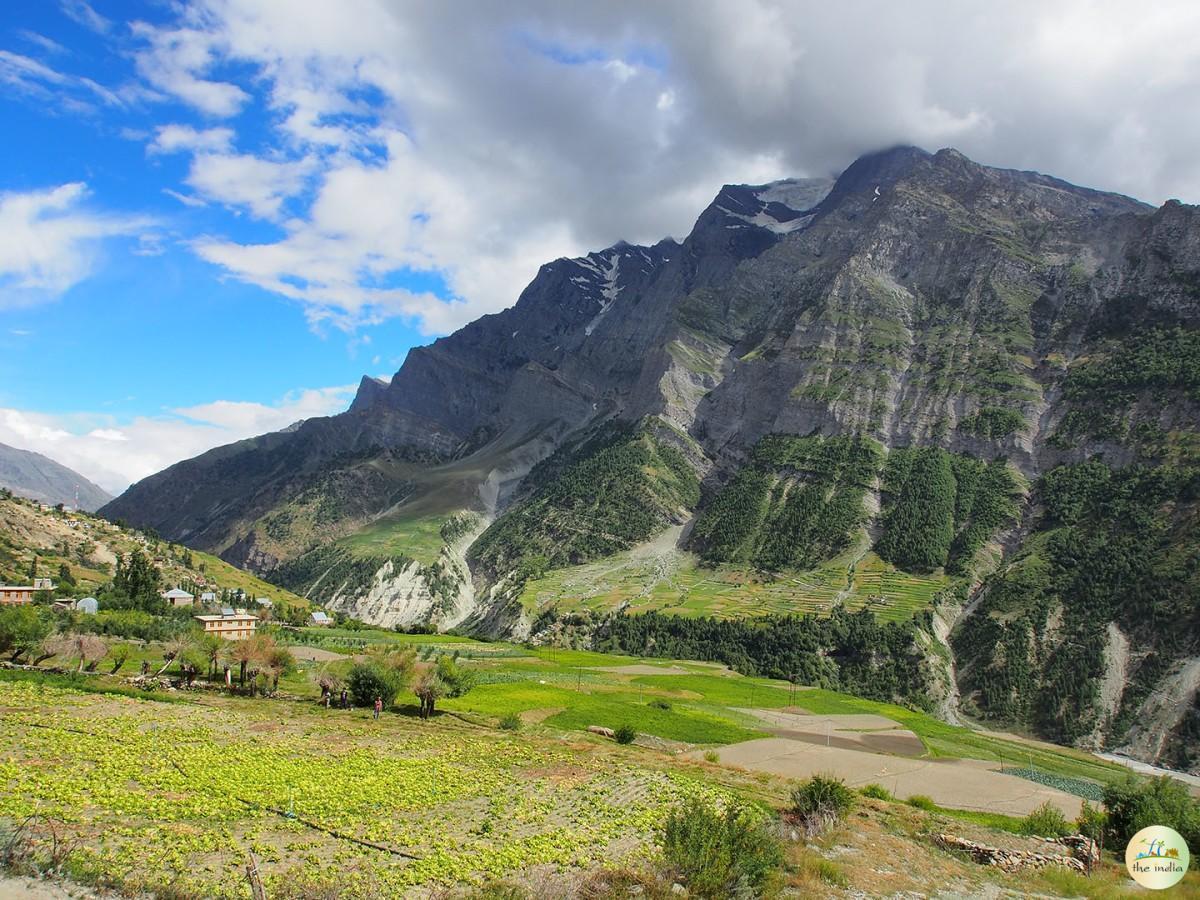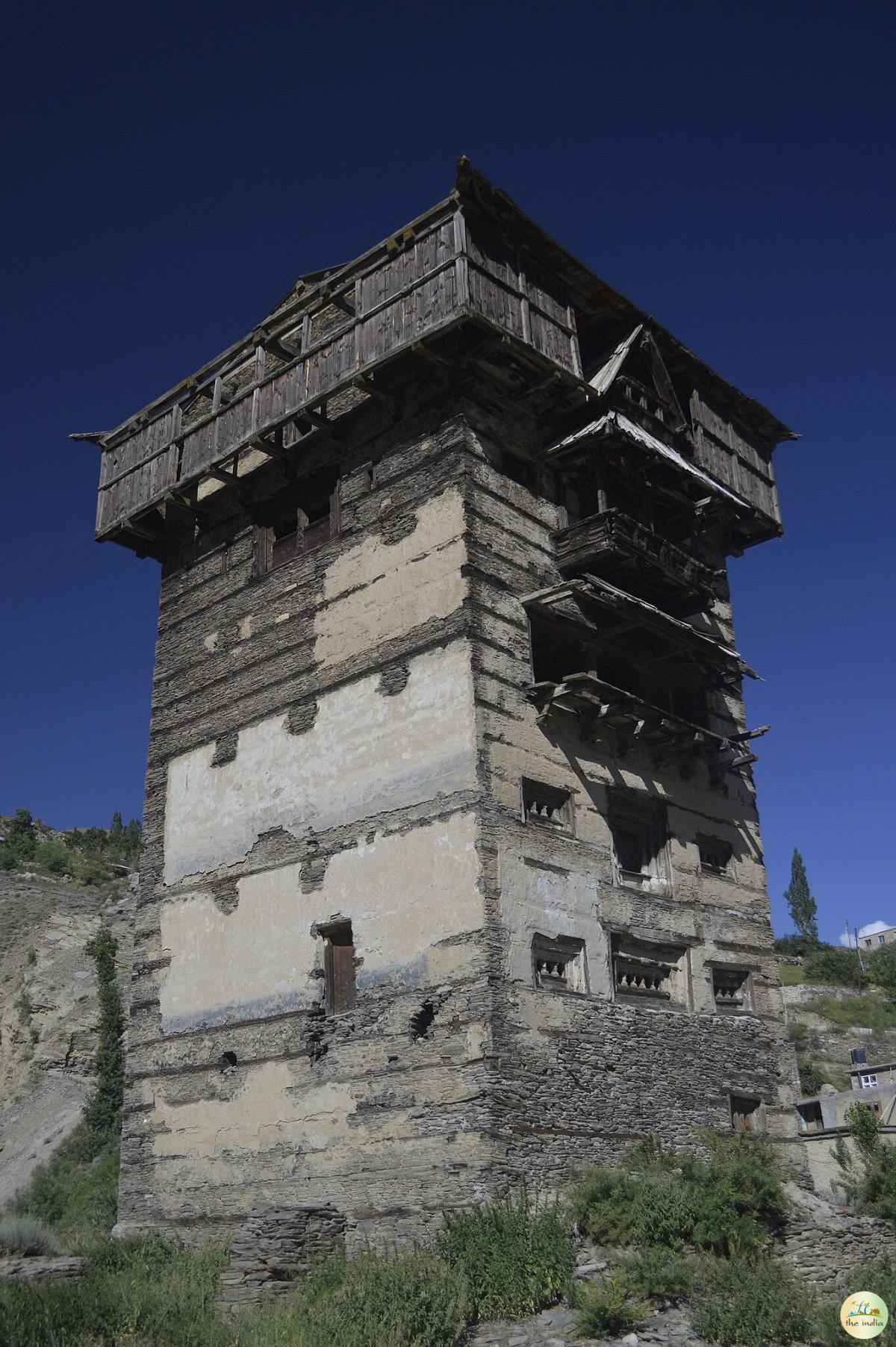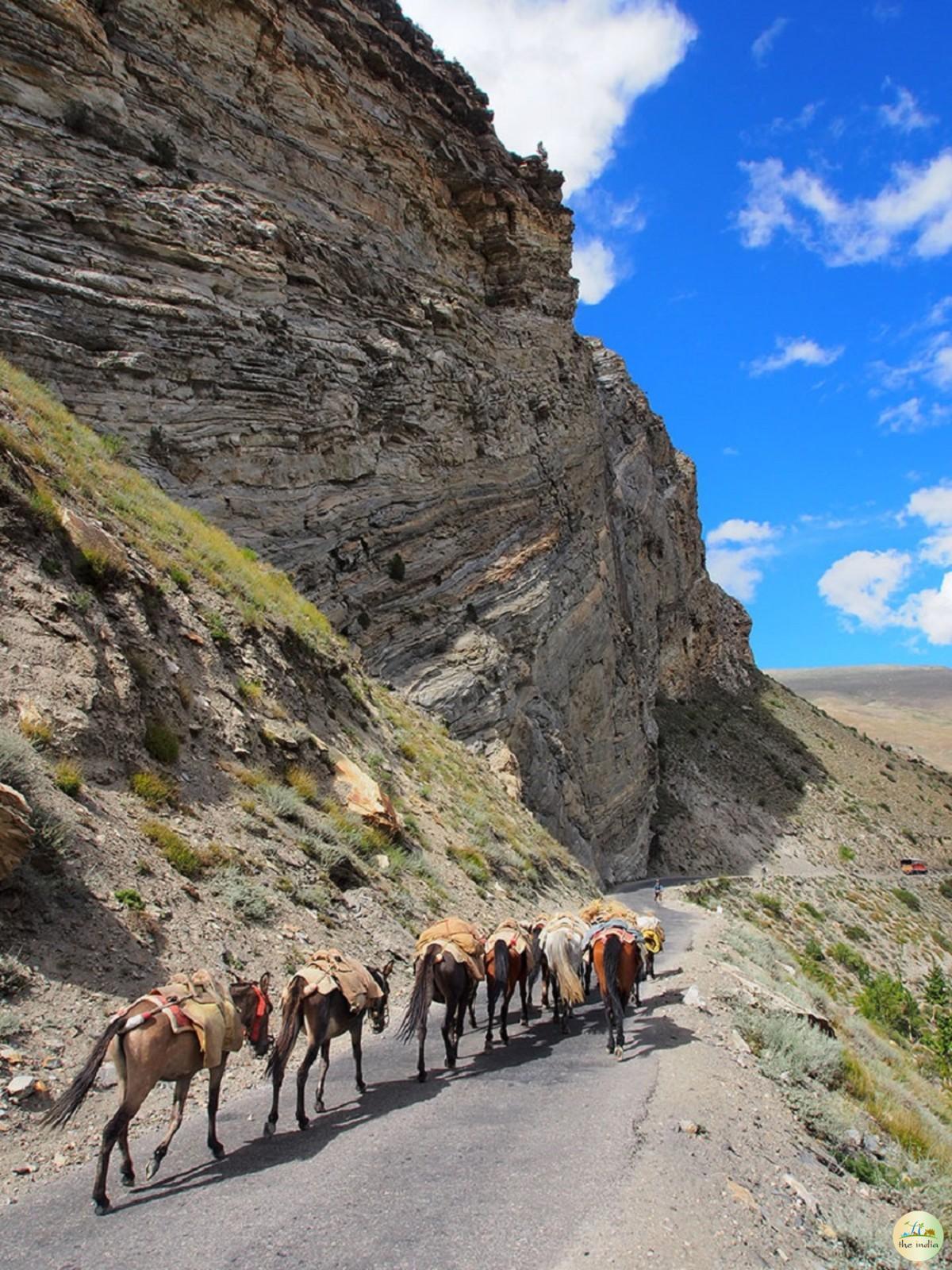Gondhla Village is a hidden gem in the Lahaul Valley of Himachal Pradesh. Famous for its 17th-century Gondhla Fort, ancient monasteries, and peaceful Himalayan views, this village beautifully blends history, culture, and nature.

Explore Gondhla through captivating images that showcase their rich culture, history, and charm.






The nearest airport to Gondhla Village is Kullu–Manali Airport (Bhuntar Airport). From the airport, you can hire a taxi or take a local bus to Keylong and then continue your journey to Gondhla Village. The drive is very scenic, passing through high mountains and valleys of Lahaul and Spiti.
The nearest major railway station to Gondhla is Joginder Nagar Railway Station. Another option is Chandigarh Railway Station, which has better train connectivity from Delhi and other big cities. From either station, you can travel by road to Manali and then continue to Gondhla Village Himachal Pradesh via the Manali–Leh Highway.
Gondhla Village is well connected by road and lies on the Manali–Leh Highway. Regular Himachal Road Transport (HRTC) buses and private taxis run from Manali to Keylong. From Keylong, local buses or cabs are easily available. The drive offers beautiful views of rivers, waterfalls, and snow-capped peaks — making the journey itself an unforgettable experience.
Gondhla is a beautiful village located in the Lahaul Valley of Himachal Pradesh, India. It is about 18 km from Keylong along the Manali–Leh highway and sits at an altitude of around 3,160 meters. This peaceful village is famous for its historical sites, natural beauty, and rich culture.
Gondhla Fort was built in the 17th century by the local rulers of Gondhla, known as the Thakurs. One of the village's most notable landmarks is the Gondhla Fort. Built in the Kathkuni architectural style—alternating layers of stone and timber—the fort was originally the residence of the Thakur (chief) of Gondhla.
The Thakurs were influential leaders in the region and served as viceroys under the Kullu Rajas. The fort served as their residence and administrative center. It has a long history and has witnessed many events that shaped the Lahaul Valley. Today, it stands as a symbol of Gondhla's rich heritage and bravery.
Gondhla Fort is designed in the traditional Kath-Kuni style of architecture, which is unique to Himachal Pradesh. This style uses alternating layers of wood and stone to build strong, earthquake-resistant structures. The fort has seven stories, with thick walls, wooden beams, and intricately carved windows. Its design is not only functional but also reflects the artistic skills of the local craftsmen.
The Kath-Kuni architecture is a traditional building technique in Himachal Pradesh, especially in Lahaul and Kinnaur regions. “Kath” means wood, and “Kuni” means a layer or joint. In this method, builders use layers of wood and stone alternately to create structures that are both sturdy and flexible. This technique helps buildings survive earthquakes and harsh weather conditions. It also gives a beautiful rustic look to the forts, monasteries, and houses.
Situated in Gondhla, the Guru Ghantal Monastery is a Tibetan Buddhist site believed to have been founded by the holy Padmasambhava in the 8th century. The monastery is linked with the Drukpa Lineage of the Kagyu school of Tibetan Buddhism. Things like the Kulu Vase, dating back to the first century BCE, and a marble head of Avalokiteśvara, dating to the second century, have been discovered in the vicinity, underscoring the area's deep spiritual roots.
Gondhla is famous for its natural beauty, characterized by lush greenery, cascading waterfalls, and dense poplar forests. The village offers a peaceful environment, making it an ideal destination for nature lovers and those seeking peace away from busy tourist spots.
The people of Gondhla follow Tibetan Buddhist traditions, which strongly influence the village’s culture. The community celebrates religious festivals, maintains monasteries, and maintains local customs. Life in Gondhla is peaceful, with residents practicing agriculture, handicrafts, and traditional rituals. Visitors can experience the warm hospitality, taste local Himachali food, and learn about Lahauli traditions.
Gondhla celebrates several Tibetan Buddhist festivals throughout the year. Important festivals include Losar (Tibetan New Year), Buddha Jayanti, and local monastery fairs. During these festivals, villagers perform traditional dances, wear colorful attire, and offer prayers at the monasteries. The celebrations are a mix of spirituality, music, and cultural pride, providing a unique insight into the life of Lahauli people.